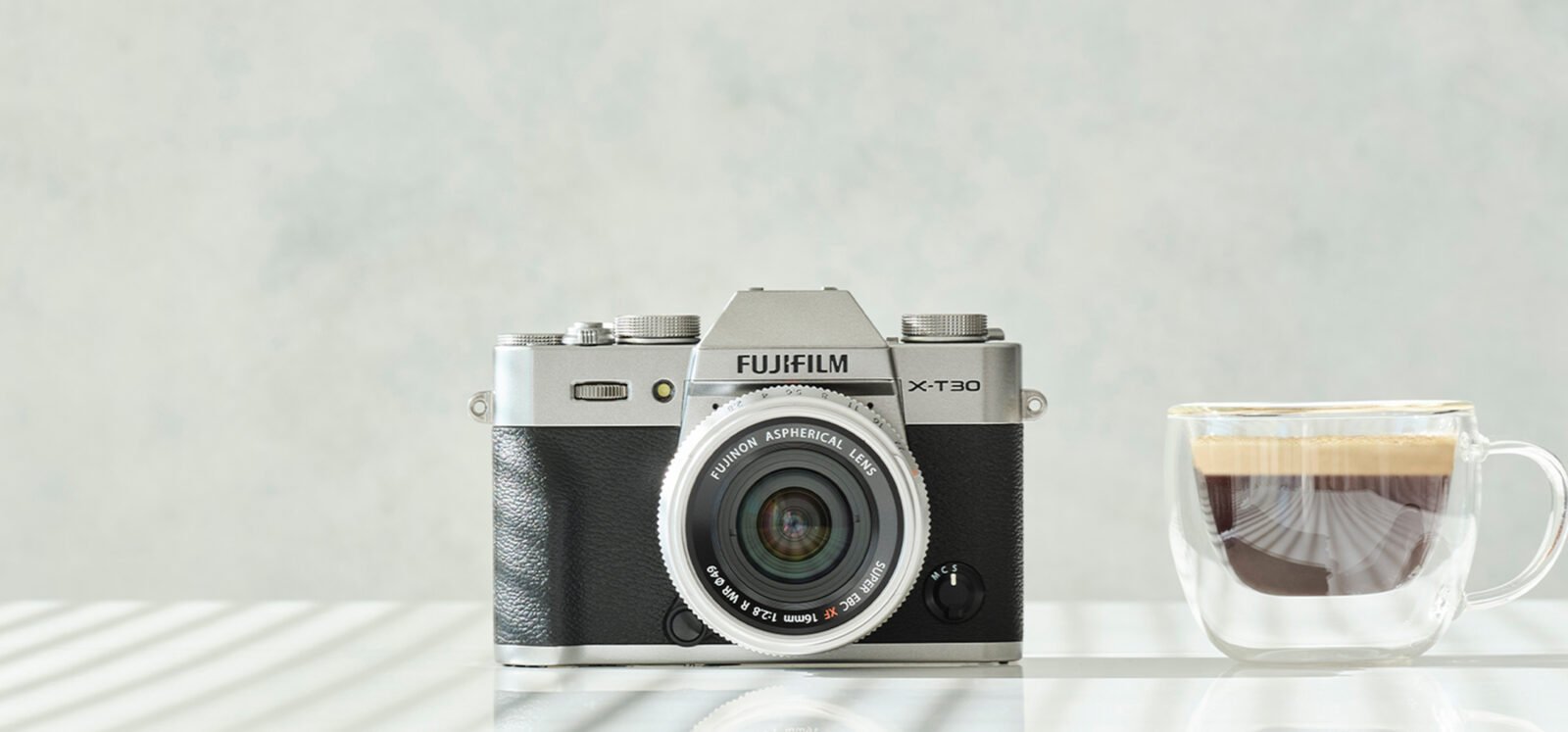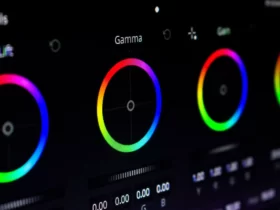The FUJIFILM X-T30 II is a highly regarded mirrorless camera, celebrated for its superior image quality, rapid autofocus system, and user-friendly operation. It’s an ideal choice for capturing everyday moments and is equally adept at both photography and videography. However, even with its impressive performance, users might occasionally face challenges, such as autofocus not working properly. This article is here to assist if you’re experiencing this issue with your FUJIFILM X-T30 II.
We will explore the various reasons why the autofocus might malfunction and offer practical solutions to resolve these problems. By identifying the root causes and applying the recommended fixes, you can restore the full functionality of your FUJIFILM X-T30 II’s autofocus system and continue enjoying a smooth photography or videography experience. Let’s delve into troubleshooting the autofocus issues of the FUJIFILM X-T30 II.

1. Incorrect Focus Mode
One of the possible causes of autofocus not working on your FUJIFILM X-T30 II is that you have selected an incorrect focus mode. The focus mode determines how the camera focuses and tracks the subject. There are three focus modes to choose from: S (AF-S), C (AF-C), and M (manual).
S (AF-S) is the single autofocus mode, which locks the focus while the shutter button is pressed halfway. This mode is suitable for stationary subjects, such as portraits or landscapes. If you use this mode for moving subjects, the camera may not be able to keep them in focus.
C (AF-C) is the continuous autofocus mode, which adjusts the focus continuously to reflect changes in the distance to the subject while the shutter button is pressed halfway. This mode is ideal for subjects that are in motion, such as sports or wildlife. If you use this mode for still subjects, the camera may hunt for focus and cause blurry images.
M (manual) is the manual focus mode, which allows you to focus manually using the lens focus ring. This mode gives you full control over the focus, but it requires more skill and attention. You can use this mode when the camera is unable to focus using autofocus, such as in low light or low contrast scenes.
To select the focus mode, rotate the focus mode selector on the front of the camera to S, C, or M. You can also change the focus mode in the shooting menu by selecting AF/MF SETTING > FOCUS MODE. Make sure to choose the appropriate focus mode for your subject and shooting situation to ensure optimal autofocus performance.
2. Manual Focus Mode Activated
Another reason why your FUJIFILM X-T30 II may not autofocus is that you have accidentally activated the manual focus mode. The manual focus mode allows you to focus manually using the lens focus ring, but it disables the autofocus function. You can tell if the manual focus mode is activated by looking at the focus mode selector on the front of the camera. If it is set to M, then the manual focus mode is on.
To deactivate the manual focus mode, simply rotate the focus mode selector to S or C, depending on whether you want to use single or continuous autofocus. You can also change the focus mode in the shooting menu by selecting AF/MF SETTING > FOCUS MODE. Make sure to check the focus mode before you start shooting to avoid missing any important moments.
However, there are some situations where you may want to use the manual focus mode, such as when the camera is unable to focus using autofocus, or when you want to have full control over the focus. In that case, you can use some features to assist you with manual focusing, such as focus check, focus zoom, and focus peaking. You can also use the back-button focusing technique, which allows you to use autofocus temporarily by pressing the AF-L button while in manual focus mode. These features can help you achieve sharp and accurate focus manually.

3. Autofocus Lock Engaged
Sometimes, your FUJIFILM X-T30 II may not autofocus because you have engaged the autofocus lock. The autofocus lock allows you to lock the focus on a specific part of the scene, and then recompose the shot without changing the focus. This can be useful when you want to focus on an off-center subject, or when you want to prevent the camera from refocusing on a different subject.
To engage the autofocus lock, you need to assign the AE-L/AF-L button to AF LOCK ONLY or AE/AF LOCK in the shooting menu by selecting BUTTON/DIAL SETTING > AE-L/AF-L BUTTON SETTING. Then, you can press the AE-L/AF-L button to lock the focus while the shutter button is pressed halfway. The focus will remain locked until you press the AE-L/AF-L button again, or until you release the shutter button.
To disengage the autofocus lock, you can either press the AE-L/AF-L button again, or release the shutter button and press it halfway again. You can also change the AE-L/AF-L button setting to AE LOCK ONLY or OFF in the shooting menu if you do not want to use the autofocus lock feature. Make sure to check the status of the autofocus lock before you take a picture, as it may affect the focus of your shot.
4. Low Light or Low Contrast Scenes
Low light or low contrast scenes can also affect the autofocus performance of your FUJIFILM X-T30 II. The camera uses phase detection and contrast detection to focus, but both methods require a certain amount of light and contrast to work properly. If the scene is too dark or too uniform, the camera may struggle to find a focus point or lock the focus.
To improve the autofocus in low light or low contrast scenes, you can try the following tips:
- Use a faster lens with a larger maximum aperture, such as the XF 50mm f/1.0 R WR. This will allow more light to reach the sensor and enable the camera to focus down to -7EV.
- Use a higher ISO setting to increase the sensitivity of the sensor. This will also make the image brighter and easier to focus. However, be aware that higher ISO settings may also introduce more noise and reduce the image quality.
- Use a flash or an external light source to illuminate the subject. This will create more contrast and help the camera to focus. You can use the built-in pop-up flash or an optional shoe-mounted flash unit, such as the EF-X500.
- Use the focus assist features, such as focus check, focus zoom, and focus peaking. These features will magnify the image or highlight the edges of the in-focus areas, making it easier to see if the focus is correct. You can also use the back-button focusing technique, which allows you to use autofocus temporarily by pressing the AF-L button while in manual focus mode.
5. Lens Compatibility Issues
Lens compatibility issues can also cause autofocus problems on your FUJIFILM X-T30 II. The camera uses the X-mount system, which is designed to work with Fujifilm’s own XF and XC lenses, as well as some third-party lenses that are compatible with the X-mount. However, not all lenses are fully compatible with the camera’s autofocus system, especially older or manual lenses that do not have electronic contacts or communication with the camera.
You can also look for the X-mount logo on the lens or the lens box, or consult the lens manufacturer’s website or manual. If your lens is not compatible with the camera, you may experience slow or inaccurate autofocus, or no autofocus at all.
To solve the lens compatibility issues, you can try the following tips:
- Use a Fujifilm XF or XC lens that is fully compatible with the camera. These lenses are designed to optimize the performance and quality of the camera, and they have the latest firmware and features.
- Use the manual focus mode or the back-button focusing technique if your lens does not support autofocus or has poor autofocus performance. You can use the focus assist features, such as focus check, focus zoom, and focus peaking, to help you achieve sharp and accurate focus manually.

6. Dirty or Damaged Lens Contacts
Dirty or damaged lens contacts can also prevent your FUJIFILM X-T30 II from autofocusing properly. The lens contacts are the metal pins on the back of the lens and the corresponding contacts on the camera body. They allow the lens and the camera to communicate and exchange information, such as aperture, focal length, and focus data. If the lens contacts are dirty or damaged, the communication may be interrupted or corrupted, resulting in autofocus errors or failures.
To fix the dirty or damaged lens contacts, you can try the following tips:
- Clean the lens contacts with a soft, dry cloth or a cotton swab. Gently wipe the contacts on both the lens and the camera body, removing any dust, dirt, or grease. Do not use any liquids or solvents, as they may damage the contacts or the electronics.
- Check the lens contacts for any signs of damage, such as scratches, dents, or corrosion. If the contacts are damaged, they may need to be repaired or replaced by a professional service center. Do not attempt to fix the contacts yourself, as you may cause further damage or void the warranty.
- Try a different lens or a different camera body. If the autofocus works with a different lens or a different camera body, then the problem is likely with the original lens or camera body. If the autofocus does not work with any lens or camera body, then the problem may be with the camera settings or the autofocus system.
7. Camera Firmware Outdated
The last cause of autofocus not working on your FUJIFILM X-T30 II is that your camera firmware is outdated. The camera firmware is the software that controls the camera’s functions and features, such as autofocus, image quality, performance, and compatibility. Fujifilm regularly releases firmware updates to improve the camera’s functionality and fix any bugs or issues1.
If your camera firmware is outdated, yu may experience problems with autofocus, such as slow or inaccurate focus, or focus errors. You may also miss some of the latest features and enhancements that Fujifilm has added to the camera, such as support for new lenses, improved autofocus algorithms, and new shooting modes.
To update the camera firmware, you need to download the latest firmware file from Fujifilm’s website and copy it to a formatted memory card. Then, you need to insert the memory card into the camera and follow the instructions on the screen to install the firmware update. Make sure to use a fully charged battery and do not turn off the camera or remove the memory card during the update process.
Updating the camera firmware can improve the autofocus performance and functionality of your FUJIFILM X-T30 II, as well as enhance the overall quality and usability of the camera. It is recommended to check the firmware version regularly and update it whenever a new version is available.












Got a Question?
Find us on Socials or Contact us and we’ll get back to you as soon as possible.